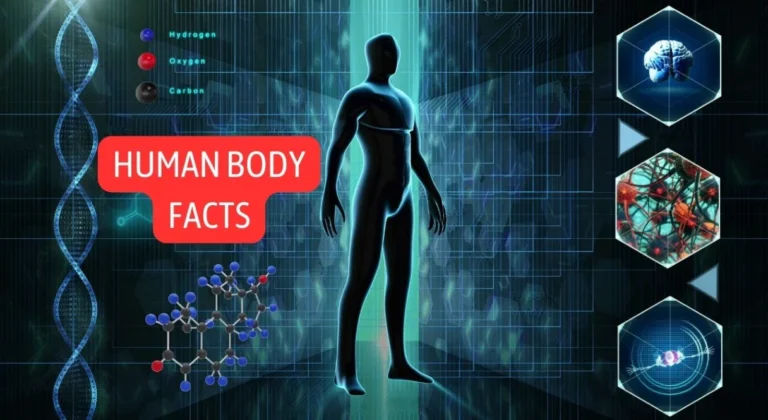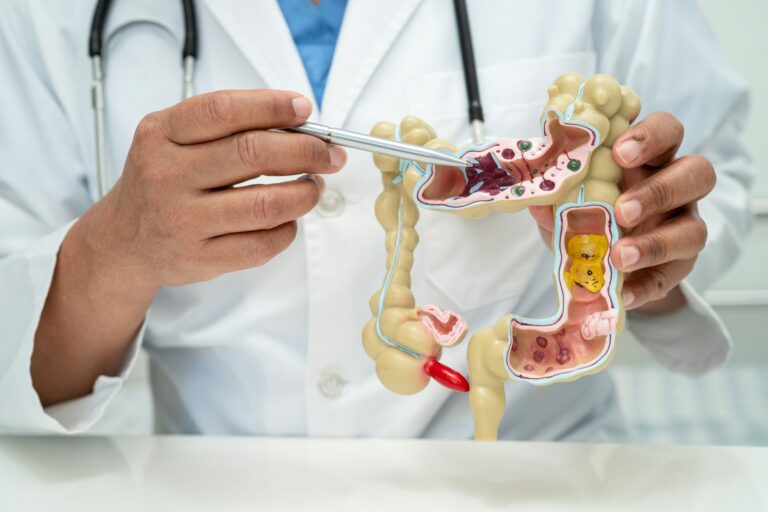The pictures we use in our articles might not show exactly what the words say. We choose these pictures to make you interested in reading more. The pictures work together with the words but don’t take their place. The words still tell you the important facts.
When it comes to the intricate world of human anatomy, the atria stand out as captivating structures that are essential for the proper functioning of our cardiovascular system. Positioned on both the left and right sides of the heart, these chambers play a crucial role in ensuring the efficient circulation of blood throughout the body. Let's embark on a fascinating journey of discovery as we delve into 11 captivating facts about the atria and unravel their mysteries.
Understanding the Atria: Key Insights
- The atria, found on both the left and right sides of the heart, are instrumental in regulating blood flow and heart function, maintaining a steady and efficient heartbeat.
- Atrial fibrillation, a common disorder affecting the atria, can lead to irregular heartbeats and increase the risk of blood clots and other heart-related complications.
The Left Atrium: Gateway to Oxygen-Rich Blood
The left atrium plays a crucial role in receiving oxygenated blood from the lungs, which is then pumped into the left ventricle for distribution throughout the body. This vital process ensures that every part of the body receives the oxygen it needs for optimal functioning.
The Right Atrium: Reservoir of Deoxygenated Blood
In contrast, the right atrium receives deoxygenated blood from the body's tissues via the superior and inferior vena cava. This blood is then directed to the right ventricle, where it is sent to the lungs for oxygenation, completing the cycle of blood circulation within the body.
Thin Walls, Efficient Function: Atria’s Unique Anatomy
Unlike the muscular ventricles, the walls of the atria are relatively thinner. This structural difference allows for efficient contraction and relaxation of these chambers, facilitating the smooth flow of blood through the heart and ensuring optimal circulation.
Priming Pumps of the Heart: Atria in Action
During diastole, the atria fill with blood, serving as priming pumps that prepare the ventricles for efficient contraction and ejection of blood during systole. This coordinated action contributes to the rhythmic beating of the heart and the continuous flow of blood throughout the body.
Guardians of Heart Rate: Atrial Contribution
The atria play a significant role in regulating heart rate by generating electrical signals that coordinate the contraction of the heart muscles. This intricate process ensures a steady and efficient heartbeat, essential for maintaining cardiovascular health and overall well-being.
Unveiling Atrial Fibrillation: A Common Heart Disorder
Atrial fibrillation, characterized by irregular and rapid heartbeat originating in the atria, is a prevalent heart condition affecting millions worldwide. This disorder can increase the risk of blood clots and other cardiovascular complications, underscoring the importance of monitoring and managing heart health.
Simultaneous Contraction: Harmony in Motion
In a healthy heart rhythm, both atria contract simultaneously, working in harmony to push blood into the ventricles. This synchronized contraction ensures an effective flow of blood through the heart, supporting optimal circulation and cardiac function.
Key Role in Ventricular Filling: Atria in Action
The atria play a vital role in ventricular filling, propelling blood into the ventricles as they contract. This process optimizes cardiac output and ensures that the heart can efficiently pump blood to meet the body's metabolic demands, maintaining overall cardiovascular function.
Birth Defects and Challenges: Atrial Septal Defects
An atrial septal defect (ASD) is a congenital heart condition characterized by a hole in the atrial wall. This defect can disrupt normal blood flow and may necessitate intervention or surgery to correct the issue and prevent potential complications.
Smooth Walls, Enhanced Flow: Atria’s Protective Design
The atria feature smooth walls without muscular ridges, known as trabeculae carneae, reducing the risk of blood clot formation and promoting smooth blood flow. This unique anatomical feature helps maintain the integrity of the circulatory system and supports cardiovascular health.
Expansion Signals Trouble: Atrial Enlargement
Enlargement of the atria, observed in conditions like atrial fibrillation or congestive heart failure, can indicate that the heart is working harder to maintain blood circulation. This enlargement may signal an underlying heart condition that requires medical attention and intervention.
Conclusion: Embracing the Beauty of Atria’s Marvel
The left and right atria stand as vital components of the human heart, orchestrating the intricate dance of blood circulation and ensuring the efficient functioning of our cardiovascular system. Understanding their roles and characteristics provides valuable insights into the complexity and beauty of our physiological processes, highlighting the significance of heart health in overall well-being.
Through ongoing research and advancements in medical technology, we continue to deepen our understanding of the atria and enhance treatment options for various cardiovascular conditions. By embracing the wonder of these unique structures and prioritizing heart health, we can empower ourselves to lead healthier, more fulfilling lives.
FAQs: Navigating Atria and Heart Health
Q: What is the main function of the left atrium?
A: The left atrium receives oxygenated blood from the lungs and distributes it to the rest of the body through the left ventricle.
Q: How do the atria contribute to heart rate regulation?
A: The atria produce electrical signals that coordinate heart muscle contractions, helping regulate heart rate and maintain a steady heartbeat.
Q: Are lifestyle changes beneficial for atrial health?
A: Yes, adopting a heart-healthy lifestyle, including regular exercise, a balanced diet, and avoiding tobacco and excessive alcohol consumption, can contribute to maintaining atrial health and overall heart function.
Q: Can atrial fibrillation be cured?
A: While there is no permanent cure for atrial fibrillation, various treatment options are available to manage and control the condition, supporting heart health and well-being.
Elevating Heart Health: A Journey of Empowerment
Embarking on a journey to explore the captivating facts of atria signifies the first step in prioritizing heart health and well-being. Consultation with cardiologists and heart specialists can provide invaluable insights into maintaining a strong, healthy heart, while implementing lifestyle changes and holistic practices like foot massage can support overall cardiovascular wellness. Empower yourself with knowledge, embrace proactive health measures, and nurture your heart for a vibrant, fulfilling life.



